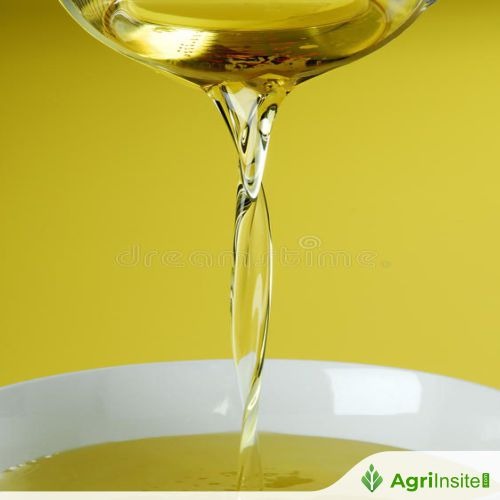Palm oil sets third weekly gain on Ramadan demand, production declines

Malaysian palm oil futures rose for a third straight week, gaining 5.04% due to a weaker ringgit, higher Ramadan demand, and lower seasonal production. The April contract closed at RM4,505 ($1,015.33) per metric ton. Stronger vegetable oil markets and crude oil futures further boosted sentiment. The Malaysian Palm Oil Board will release supply data on February 10.
KUALA LUMPUR: Malaysian palm oil futures closed higher on Friday, logging a third straight week of gains, supported by a weaker ringgit, anticipated Ramadan demand and seasonal production declines.
The benchmark palm oil contract for April delivery on the Bursa Malaysia Derivatives Exchange climbed RM102, or 2.32 per cent, to RM4,505 (US$1,015.33) a metric ton at the close, setting a third straight day of increase.
The contract gained 5.04 per cent this week.
Palm oil futures experienced a notable surge, driven by a strong performance in related vegetable oil markets, particularly on the Dalian market, said Darren Lim, commodities strategist at Singapore-based brokerage Phillip Nova.
However, the weakening Malaysian ringgit made exports more competitive, he added.
“Market sentiment is further buoyed by expectations of increased demand leading up to Ramadan as seasonal events typically drive higher consumption and stocking of palm oil,” Lim said.
“This, coupled with the anticipation of lower production figures due to historical seasonal factors, has fostered optimism, further supporting the rise in palm oil prices.”
Dalian’s most active soyoil contract rose 3.25 per cent, while its palm oil contract added 2.94 per cent. Soyoil prices on the Chicago Board of Trade fell 0.04 per cent.
Palm oil tracks price movements of rival edible oils as it competes for a share of the global vegetable oils market.
The Malaysian Palm Oil Board is expected to release the monthly supply and demand data on February 10.
Oil prices rose after new sanctions were imposed on Iran’s crude exports but were on track for a third straight week of decline, hurt by US President Donald Trump’s renewed trade war on China and threats of tariffs on other countries.
Stronger crude oil futures make palm a more attractive option for biodiesel feedstock.
The ringgit, palm’s currency of trade, weakened 0.32 per cent against the US dollar, making the commodity cheaper for buyers holding foreign currencies. ($1 = 4.4370 ringgit)
To read more about Edible Oil News continue reading Agriinsite.com
Source : Business Times















